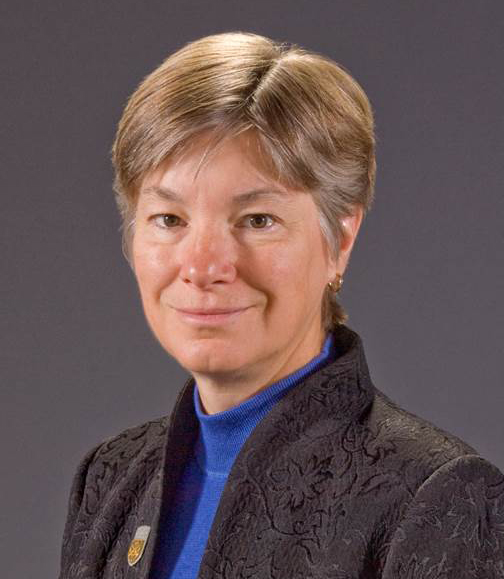By Laura Huenneke, Provost
As some of you know, I have tried to keep up my running (or more accurately jogging) despite the challenges of desk job and time pressures. This summer, I decided to push a little past my comfortable routine by paying more attention to distance and time.
My husband’s gift of a fancy runner’s watch and GPS unit allows me to track routes, distances, elevation and pace. After downloading results on the computer, one can even re-play a simulation of the entire run. (It’s especially entertaining with one’s spouse in the background belting out the theme from Rocky.)
The data provided great insight and motivation. Though I did not miraculously become younger or speedier, both pace and endurance did improve as I watched results over the weeks.
I was reminded of the business maxim that you “get”—or can manage and improve—only what you measure. This message applies equally well to our work and accomplishments as a university.
The state is using performance measures to determine a portion of our appropriated funding. The Arizona Board of Regents is measuring our progress toward specific 2020 targets. The broader public, including students and their families, is increasingly interested in documented results.
It’s not so much about inputs (how much enrollment growth, how many programs offered). Instead, it’s about results, in terms of students succeeding—courses completed, degrees granted. And not just in terms of numbers. We are increasingly challenged to describe and demonstrate student learning and development.
As a public institution, we owe it to our stakeholders to be accountable for results. Last week’s speaker, George Mehaffy, saluted the presenters at the Faculty Showcase for being so focused on evidence and data in our student success and course re-design efforts. While initial results might not be all we hope for, looking honestly at those results is the only way to make progress.



